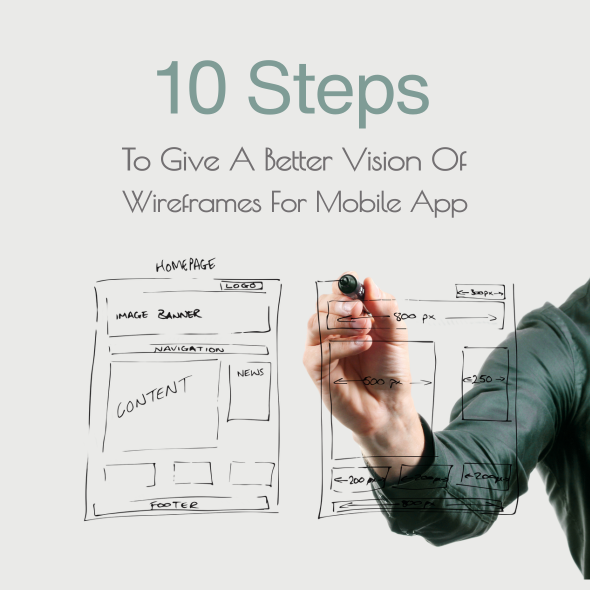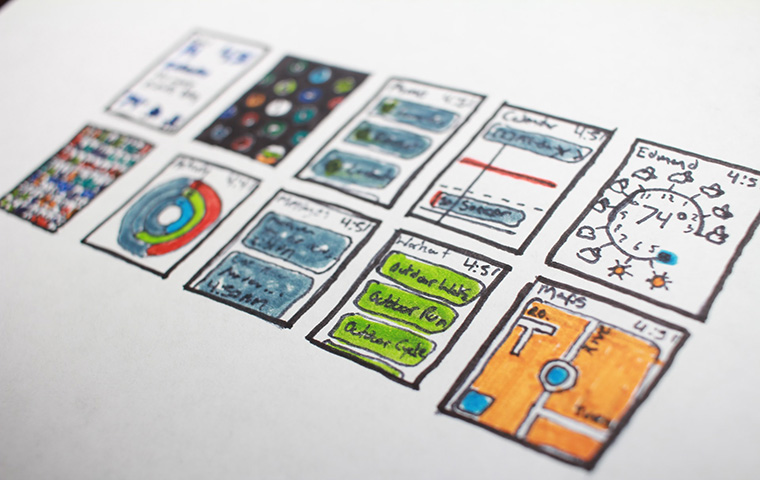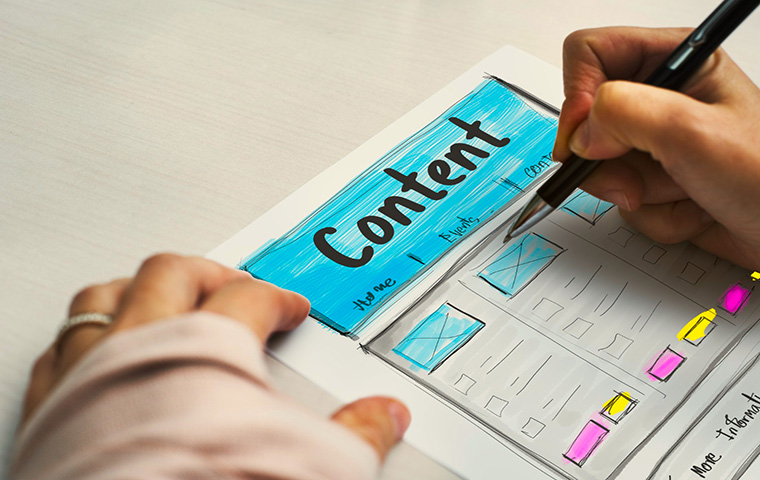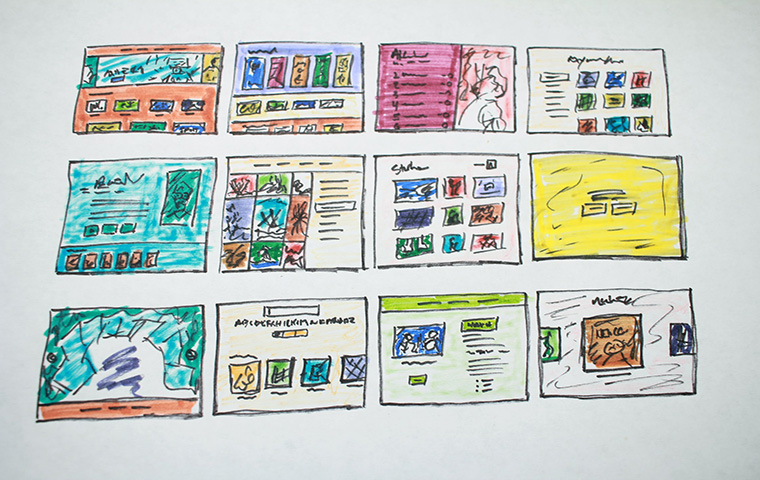In-App Purchases vs Ads: Which Strategy is Best?
You’ve created your app, and people are starting to download,...
We use cookies for our website to give you the most relevant experience by remembering your preferences. By clicking “accept”, you consent to use of ALL the cookies
This website uses cookies to improve your experience while you navigate through the website. Out of these, the cookies that are categorized as necessary are stored on your browser as they are essential for the working of basic functionalities of the website. We also use third-party cookies that help us analyze and understand how you use this website. These cookies will be stored in your browser only with your consent. You also have the option to opt-out of these cookies. But opting out of some of these cookies may affect your browsing experience.
Necessary cookies are absolutely essential for the website to function properly. These cookies ensure basic functionalities and security features of the website, anonymously.
| Cookie | Duration | Description |
|---|---|---|
| cookielawinfo-checkbox-functional | 11 months | This cookie is set by GDPR Cookie Consent plugin. The cookie is used to store the user consent for the cookies in the category “Analytics”. |
| cookielawinfo-checkbox-functional | 11 months | The cookie is set by GDPR cookie consent to record the user consent for the cookies in the category “Functional”. |
| cookielawinfo-checkbox-necessary | 11 months | This cookie is set by GDPR Cookie Consent plugin. The cookies is used to store the user consent for the cookies in the category “Necessary”. |
| cookielawinfo-checkbox-others | 11 months | This cookie is set by GDPR Cookie Consent plugin. The cookie is used to store the user consent for the cookies in the category “Other. |
| cookielawinfo-checkbox-performance | 11 months | This cookie is set by GDPR Cookie Consent plugin. The cookie is used to store the user consent for the cookies in the category “Performance”. |
| viewed_cookie_policy | 11 months | The cookie is set by the GDPR Cookie Consent plugin and is used to store whether or not user has consented to the use of cookies. It does not store any personal data. |
Functional cookies help to perform certain functionalities like sharing the content of the website on social media platforms, collect feedbacks, and other third-party features.
Performance cookies are used to understand and analyze the key performance indexes of the website which helps in delivering a better user experience for the visitors.
Analytical cookies are used to understand how visitors interact with the website. These cookies help provide information on metrics the number of visitors, bounce rate, traffic source, etc.
Advertisement cookies are used to provide visitors with relevant ads and marketing campaigns. These cookies track visitors across websites and collect information to provide customized ads.
Other uncategorized cookies are those that are being analyzed and have not been classified into a category as yet.
Cyberia Tech, Inc. respects your privacy. This Privacy Policy explains how we collect, use, and share your information. By using our services, you agree to this policy. If any other agreements conflict with this Privacy Policy, the terms of those agreements prevail.
Cyberia Tech complies with the EU-US and Swiss-US Privacy Shield Frameworks for handling personal data from the EEA, UK, and Switzerland. In case of any conflict, the Privacy Shield Principles prevail. Learn more at Privacy Shield. Key Definitions
Information linked to an individual, transferred from the EEA, UK, or Switzerland to the U.S.
Data revealing race, religion, health, sexual orientation, and similar categories.
Effective Date: [ 2025 / 11 / 29 ]
Welcome to The Cyberia Tech ! By accessing or using our website or services, you agree to
comply with and be bound by these Terms of Use and our Privacy Policy. If you do not agree with
these terms, please do not use our Services.
Loading
0 %

You know every mobile application need wireframes for app development. A fundamental concept to show the design is required as the initial stage in any mobile app design.
The provided tools essentially demonstrate the client what the processes in mobile app wireframes are.
Including the research phase and investigation in a design, project are vital components that ensure user satisfaction throughout the process of creating wireframes for mobile apps.
These steps are essential to guarantee that the design effectively meets the users’ needs and expectations.
The information in the post will take you through each step of design, especially the app development wireframe.
Table of Contents
As previously said, the design is the foundation of every project. However, before beginning any stage, they create a strategy for each component.
The conceptual portion, or Sketch, serves as the foundation for the following step, which is a wireframe.
What is significant is that these fundamental levels just pave the way for you to achieve what the consumer desires.
When evaluating what will happen in mobile app design, both qualitative and quantitative processes are important. Let’s get started and see what we need to do in this first step.
The goal of mobile application development is to get people thinking about what has to be done.
The notion is unworkable unless you explain why it is so. You may not realize it, but the design process will begin before the development phase, thus this is crucial.

The first stage is determining how many displays will be required and how people will react to them.
The design process aims to create a clear and real user flow. The user flow is the sequence of phases for that specific purpose. Specific aspects from the beginning to the end of various pathways.
Consider a basic activity such as communicating. Actions begin with the section you input, and then you hit the button to submit it.
This user flow dictates the type of wireframe you will create. The procedure is made easier by using basic visual items like arrows and boxes.
Following the user flow, it is essential to envision and draw the app as creatively as possible. The purpose of the drawing is to provide the user with a perspective on that goal.
The short concept with minimal quality to collect input from the user. The designer’s responsibility is to analyze what the purpose of this page is and how it will meet the company’s demands and the user’s goals.
To make the notion apparent, every crucial detail must be presented.
This is the stage when we have the sketches that will serve as the basis. Try to utilize a mid-fidelity design so you may have valuable conversations with the designers and developers about particular aspects.
At this stage, draw a rectangle of mobile frames the size of the real device. The idea is to provide you the flexibility to position the parts based on their size.
It restricts your ability to include extraneous and superfluous items. Which cellphone screen is the most suitable? Begin with a gadget with medium screen size.

When you are at the start of the design process, you aim to create crystal clear structure and layouts, focusing on the content and what will be presented.
An explanation of how the user will process the information. From tapping right or left to dragging and the F shape pattern, the sequencing of the information is critical to avoiding misunderstanding.
Considering the size of the items, you must prioritize which elements must be placed first to last.
Keep an eye out for the usual pattern. It refers to the patterns that users’ eyes adjust to. The user will be pleased to see the same previous experience and will be able to engage with the app effortlessly.
We all know that both Android and iOS devices feature reusable native design patterns. For example, those used in navigation. Patterns include:
• Bottom tab bar
• Side drawer
• and floating action button
These are the patterns used for top-level mobile navigation. A clear and visible pattern in the app development wireframe will provide the user with a sense of reliability as they traverse the path.
When you, as a designer, have determined which elements and factors must be prioritized in each section, it is time to replace the placeholders with the actual content.
You’ve seen the original. The essential aspect is to ensure that the text is not a dummy and that the graphic components are based on the content and are neither too long nor too short.
In a nutshell, the true details. This is the stage at which the user may interact with the content and view the UI components, allowing you to build something that is supportive enough to meet the user’s demands.

When you’re finished with the actual copy, it’s time to see if the page functions properly for the user. At this point, you notice which element is being used efficiently and which one is out of order.
8. Scalability is always beneficial
This is where you must test how the design looks on various mobile devices in both smaller and bigger sizes.
If the overall design appears excellent on a medium-sized screen, the same experience may be expected on other devices.
9. Unification
The pages must be in sync with one another; UX flow is about improving engagement with related scenarios.
Each page influences the other pages, ensuring that the user receives information that is as plain and intelligible as possible.
The goal is to make the app functionally OK by using UX processes. It indicates which portions need to be expanded on.
10. Test time
This is the final destination of wireframing. Testing how well the added parts and prototypes work together on displays.
Assume you’re wondering what tool is responsible for providing you with all of these options. In that situation, Balsamiq Cloud is a web-based application that is utilized in the user interface to employ wireframes.
Digital drawings are made here to offer you a rough sense of the concept on mobile or the internet. Balsamiq allows you to discuss deployable possibilities before writing a single line of code.
How many wireframes do you need for an app?
Just five basic wireframes are all that’s needed to get a feel for the site’s overall layout. Thinking of wireframes (and pages) as a set of modular building blocks will help you construct them more efficiently.
What does an app wireframe look like?
A wireframe is a simple, two-dimensional representation of an app’s user interface that can be used to attract investors. You’ll realise you need a wireframe for your app when you’re still conceptualising it but before you start building it.
We cannot ignore the importance of wireframes for app development. The entire route to a creative design is impossible without the fundamental phases of the app development wireframe.
However, you should think about not restricting yourself to merely developing projects using it. It is not a whole package; it forces you to produce, but not in a comprehensive sense.
The entire post walks you through what and why we need wireframes for mobile apps.
How effective is it? And show you the fundamental guidelines for moving further with the design. Because the path is difficult, you can seek assistance from our design and development team to deliver what you want. Contact Us.
You Can Get More Information!
